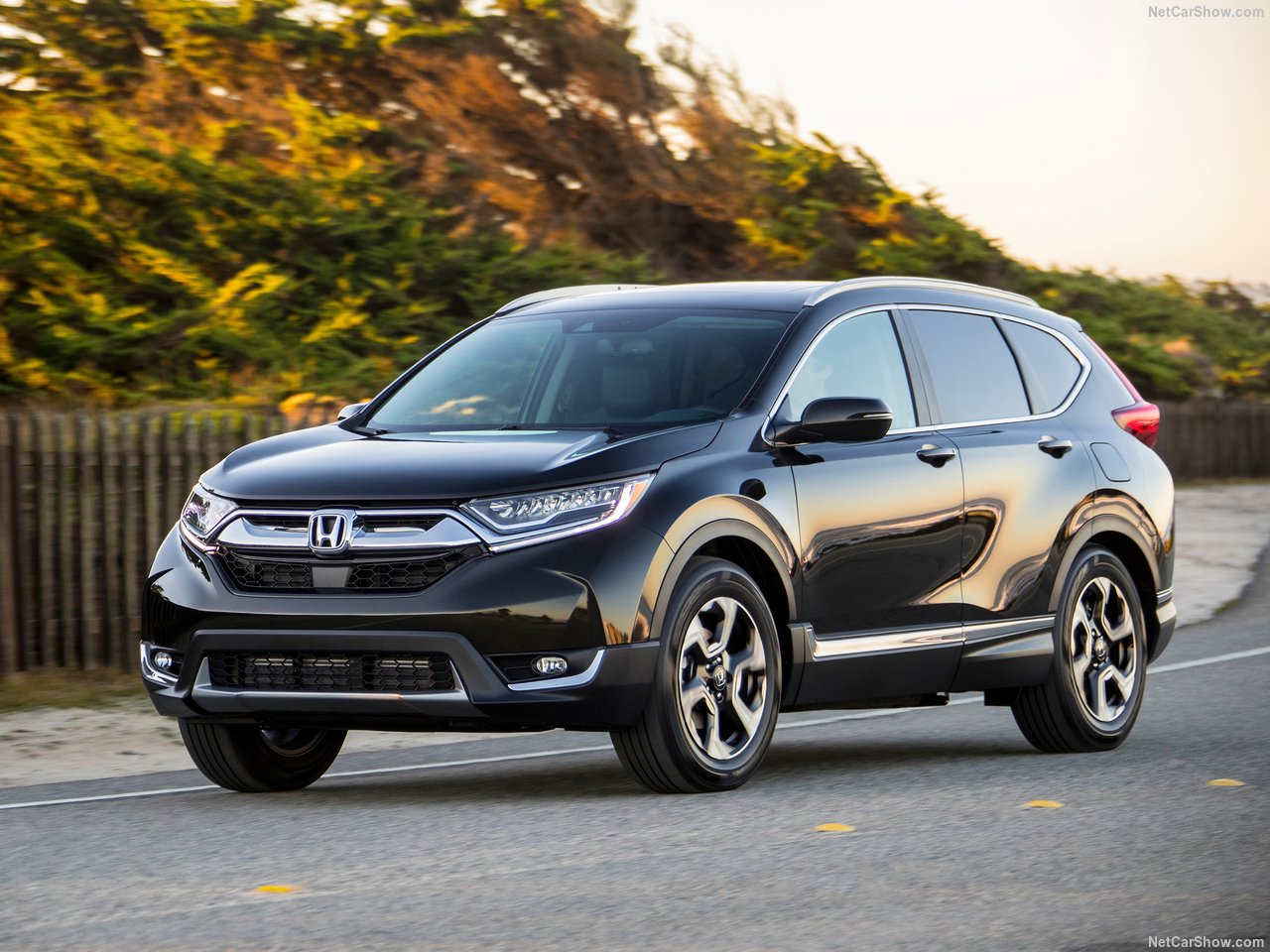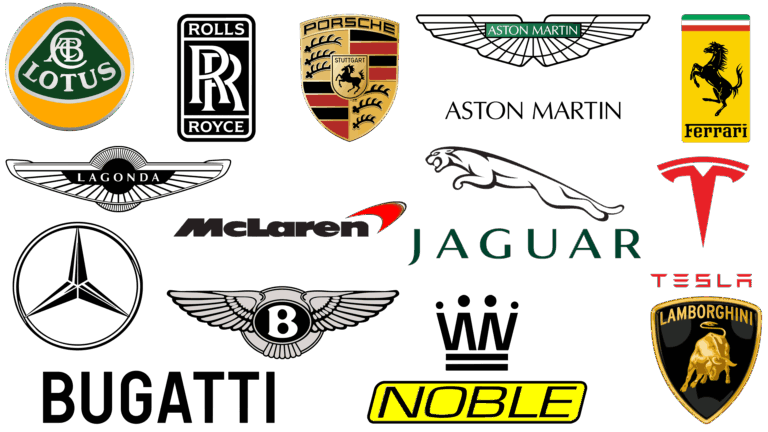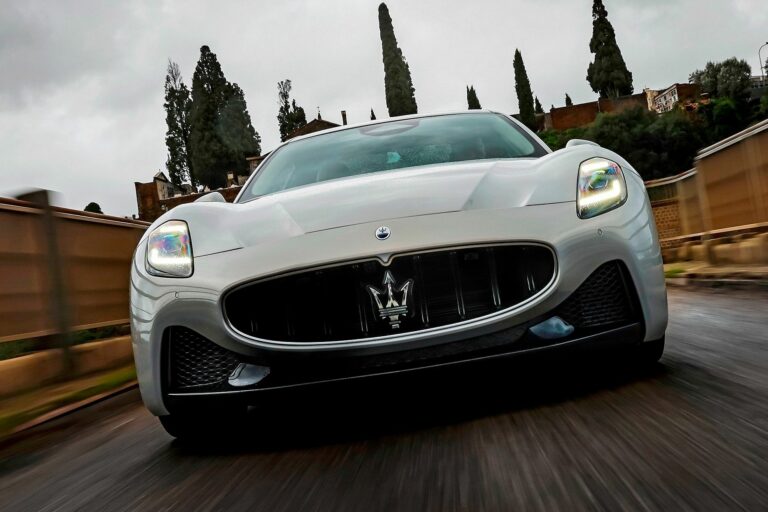Brand New Car Insurance: A Comprehensive Guide to Protecting Your Pristine Ride
Brand New Car Insurance: A Comprehensive Guide to Protecting Your Pristine Ride cars.truckstrend.com
Purchasing a brand new car is an exhilarating experience. The scent of fresh upholstery, the gleaming paint, the whisper-quiet engine – it’s a significant investment and a source of pride. But as soon as those keys are in your hand, a crucial question arises: how do you protect this valuable asset? This is where Brand New Car Insurance comes into play. More than just standard auto insurance, it encompasses specialized coverages designed to address the unique vulnerabilities and financial implications associated with a brand new vehicle. Understanding these nuances is paramount to safeguarding your investment and ensuring complete peace of mind on the road.
Brand New Car Insurance isn’t merely a formality; it’s a strategic financial decision. New cars, while reliable, are also susceptible to rapid depreciation, higher repair costs due to advanced technology, and significant financial loss in the event of a total write-off. Standard insurance policies often pay out based on "actual cash value" (ACV), which accounts for depreciation, leaving new car owners potentially thousands of dollars short if their vehicle is totaled early on. This article will delve into the intricacies of Brand New Car Insurance, exploring its importance, key coverages, benefits, how to secure the best policy, and critical considerations for every new car owner.
Brand New Car Insurance: A Comprehensive Guide to Protecting Your Pristine Ride
I. Why Brand New Cars Need Specialized Insurance
The moment a new car leaves the dealership lot, its value begins to depreciate. This rapid decline in value, particularly within the first year, is the primary reason why standard insurance might not offer adequate protection. Here’s why new cars demand a tailored approach to insurance:
- Rapid Depreciation: A car can lose 10-20% of its value in the first year alone, and up to 40% in five years. If your new car is totaled within months of purchase, a standard policy paying out ACV will leave you with a significant financial gap between the payout and what you owe on a loan or the cost to replace it with a new model.
- Higher Replacement Costs: Replacing a brand new car after a total loss is expensive. Specialized coverage ensures you can afford a new replacement, not just the depreciated value.
- Advanced Technology and Repair Costs: Modern cars are packed with sophisticated electronics, sensors, and Advanced Driver-Assistance Systems (ADAS). While these features enhance safety and comfort, they also make repairs significantly more complex and costly. Even minor fender benders can involve recalibrating expensive sensors.
- Emotional and Financial Investment: A new car represents a substantial financial outlay and often a significant emotional attachment. Adequate insurance protects both the monetary investment and your peace of mind.

II. Key Coverages for Brand New Cars
While standard collision and comprehensive coverage form the foundation, several additional coverages are particularly vital for new vehicles:
- Collision Coverage: This pays for damages to your own vehicle resulting from a collision with another vehicle or object, regardless of fault. It’s non-negotiable for a new car.
- Comprehensive Coverage: Protects your car against damages not caused by a collision, such as theft, vandalism, fire, natural disasters (hail, floods), and animal impacts. Equally essential for safeguarding your investment.
- Gap Insurance (Guaranteed Asset Protection): This is arguably the most crucial coverage for financed or leased new cars. If your car is totaled or stolen, gap insurance pays the difference between the car’s actual cash value (what your standard policy pays) and the remaining balance on your loan or lease. Without it, you could be left paying for a car you no longer own.
- New Car Replacement Coverage: This specialized endorsement is a game-changer for new car owners. Instead of paying out the depreciated actual cash value, it covers the cost to replace your totaled new car with a brand new one of the same make and model (or equivalent), often within a specific timeframe (e.g., first 1-3 years of ownership) or mileage limit.
- OEM Parts Coverage (Original Equipment Manufacturer): Ensures that if your new car needs repairs after a covered incident, genuine manufacturer parts are used instead of cheaper aftermarket or recycled parts. This maintains the vehicle’s integrity, safety standards, and warranty.
- Rental Car Reimbursement: If your new car is in the shop for covered repairs, this coverage pays for a rental car, minimizing disruption to your daily life.
- Roadside Assistance: While many new cars come with manufacturer roadside assistance, having it through your insurance can provide continuity after the warranty expires, covering towing, jump-starts, flat tire changes, and fuel delivery.

III. The Benefits of Brand New Car Insurance
Investing in specialized insurance for your new car offers a multitude of benefits that extend beyond basic financial protection:
- Comprehensive Financial Protection: From depreciation gaps to total loss scenarios, these policies are designed to cover the full spectrum of financial risks associated with new vehicles.
- Peace of Mind: Knowing that your significant investment is fully protected against unforeseen events allows you to enjoy your new car without constant worry.
- Ensuring Quality Repairs: OEM parts coverage guarantees that repairs maintain the vehicle’s original quality, safety, and warranty, preserving its long-term value.
- Avoiding Out-of-Pocket Expenses: With features like gap insurance and new car replacement, you’re shielded from potentially massive out-of-pocket expenses that arise from depreciation or total loss.
- Maintaining Resale Value: Quality repairs with OEM parts contribute to maintaining the car’s condition and, consequently, its resale value down the line.
IV. How to Get the Best Brand New Car Insurance
Securing the right insurance for your new car involves more than just picking the cheapest quote. Here’s a practical guide:
- Shop Around Extensively: Obtain quotes from at least 3-5 different insurance providers. Rates for the same coverage can vary significantly.
- Bundle Policies: Many insurers offer discounts when you combine your auto insurance with home, renters, or other policies.
- Consider Your Deductibles: A higher deductible (the amount you pay out-of-pocket before insurance kicks in) can lower your premium. However, ensure you can comfortably afford your chosen deductible in case of a claim.
- Inquire About Discounts: Ask about all available discounts. Common ones include:
- Safe Driver/Good Driving Record: For drivers with no recent accidents or violations.
- Anti-Theft Devices: For cars equipped with alarms, immobilizers, or tracking systems.
- Good Student: For young drivers maintaining a certain GPA.
- Low Mileage: If you don’t drive much.
- Multi-Car: Insuring multiple vehicles with the same company.
- Loyalty: For long-term customers.
- Read the Fine Print: Before signing, thoroughly review the policy documents. Understand the exclusions, limits, and conditions for each coverage, especially for new car replacement and gap insurance.
- Inform Your Insurer Promptly: As soon as you purchase a new car, inform your insurance company. Most policies have a grace period (e.g., 7-30 days) during which your new car is covered under your existing policy, but it’s best not to delay.
V. Important Considerations & Potential Challenges
While highly beneficial, Brand New Car Insurance also comes with specific considerations and potential challenges:
- Cost: Due to the higher value and specialized coverages, insurance for a brand new car is generally more expensive than for an older, depreciated vehicle. Factor this into your car budget.
- Depreciation vs. Coverage Lifespan: New car replacement coverage typically has a time or mileage limit (e.g., first 1-3 years or 15,000-30,000 miles). Understand when this coverage will expire and what your policy reverts to afterward.
- Policy Exclusions: Be aware of what your policy doesn’t cover. For example, damage from racing, intentional acts, or wear and tear are typically excluded.
- Maintaining Coverage as the Car Ages: As your car gets older, some specialized coverages like new car replacement may no longer be necessary or available. Review your policy annually to adjust coverages and potentially lower premiums without compromising essential protection.
- Aftermarket Modifications: If you plan to customize your new car with aftermarket parts (e.g., performance upgrades, custom wheels, stereo systems), these modifications may not be covered by standard policies. You might need to purchase additional "custom parts and equipment" coverage.
- Leased vs. Financed: If leasing, gap insurance is often mandatory and sometimes included in the lease agreement. For financed cars, it’s optional but highly recommended.
VI. Practical Advice and Actionable Insights
- Prioritize Gap Insurance: If you have a loan or lease on your new car, gap insurance is non-negotiable. The financial protection it offers against rapid depreciation is invaluable.
- Understand Replacement Cost vs. ACV: Always clarify whether your policy offers "New Car Replacement" or if it defaults to "Actual Cash Value." The former is crucial for new vehicles.
- Document Everything: Take photos of your car’s condition when you buy it. Keep records of all purchases, modifications, and maintenance.
- Review Annually: Set a reminder to review your policy at least once a year, or whenever you have a significant life event (new driver, moving, major car modification). Your needs and the car’s value change over time.
- Leverage Telematics/Usage-Based Insurance: Some insurers offer devices or apps that monitor your driving habits. Safe drivers can often earn discounts through these programs.
VII. Illustrative Price Table for Brand New Car Insurance Components
Please Note: The following table provides illustrative annual cost ranges and general descriptions. Actual insurance premiums vary significantly based on numerous factors including driver’s age, driving history, location, specific car model, deductible choices, chosen limits, and the insurance provider. This table is for conceptual understanding only and should not be used for actual budgeting.
| Coverage Type | Description | Typical Annual Cost Range (Illustrative) | Key Benefit |
|---|---|---|---|
| Collision | Covers damage to your car from accidents with other vehicles or objects, regardless of fault. | $300 – $1,200 | Protects your investment from accident-related damages. |
| Comprehensive | Covers damage to your car from non-collision events like theft, vandalism, fire, natural disasters, and animal impacts. | $150 – $600 | Guards against a wide array of non-driving related perils. |
| Gap Insurance | Pays the difference between your car’s actual cash value (ACV) and the outstanding loan/lease balance if totaled or stolen. | $20 – $60 (per year) / $300-$700 (one-time) | Crucial protection against financial deficit due to rapid depreciation. |
| New Car Replacement | Replaces your totaled new car with a brand new one of the same make/model, rather than paying ACV (typically within 1-3 years or specific mileage). | $50 – $150 | Ensures you get a truly new replacement, not just the depreciated value. |
| OEM Parts Coverage | Guarantees that only Original Equipment Manufacturer (OEM) parts are used for repairs after a covered loss. | $10 – $50 | Maintains vehicle integrity, safety, and warranty. |
| Rental Car Reimbursement | Covers the cost of a rental car while your vehicle is being repaired after a covered claim. | $20 – $80 | Provides mobility and convenience during repair periods. |
| Roadside Assistance | Provides services like towing, jump-starts, flat tire changes, and fuel delivery. | $10 – $40 | Quick help for common roadside emergencies, even after manufacturer warranty expires. |
| Total Estimated Range (Base Premiums) | This does not include liability, medical, or uninsured motorist coverages, which are also essential for a complete policy. | $560 – $2,180+ | This range is purely illustrative for the specific coverages listed above and can be significantly higher or lower based on individual factors. |
VIII. Frequently Asked Questions (FAQ) about Brand New Car Insurance
Q1: Is brand new car insurance more expensive?
A1: Generally, yes. Brand new cars have a higher value, which means higher replacement or repair costs for the insurer. Additionally, the specialized coverages like gap insurance and new car replacement add to the premium.
Q2: Do I really need gap insurance for my new car?
A2: If you financed or leased your new car, gap insurance is highly recommended, if not mandatory by your lender/lessor. New cars depreciate rapidly, and without gap insurance, you could owe more on your loan than the car is worth if it’s totaled or stolen.
Q3: What’s the difference between new car replacement and actual cash value (ACV)?
A3: Actual Cash Value (ACV) pays out the market value of your car at the time of the loss, factoring in depreciation. New Car Replacement coverage, on the other hand, pays to replace your totaled new car with a brand new one of the same make and model, without deducting for depreciation (within specified limits/timeframes).
Q4: How long do I need new car replacement coverage?
A4: This coverage typically applies for a specific period, such as the first 1-3 years of ownership, or until a certain mileage threshold is reached (e.g., 15,000-30,000 miles). Check your policy for the exact terms. After this period, your coverage will usually revert to ACV.
Q5: Can I get a discount for a new car?
A5: While new car insurance can be more expensive, you might qualify for discounts related to safety features (e.g., anti-lock brakes, airbags, advanced driver-assistance systems), anti-theft devices, or if it’s a hybrid/electric vehicle. Always ask your insurer about available discounts.
Q6: Should I tell my insurer about car modifications?
A6: Yes, absolutely. If you make any significant aftermarket modifications (e.g., custom wheels, performance upgrades, sound systems), they might not be covered by your standard policy. You may need to purchase additional "custom parts and equipment" coverage to protect your investment in these modifications. Failing to inform your insurer could result in a denied claim for the modified parts.
Conclusion: Protecting Your Investment on Wheels
A brand new car is more than just a mode of transport; it’s a significant financial and often emotional investment. Brand New Car Insurance is not a generic policy; it’s a tailored suite of protections designed to safeguard that investment against the unique challenges of rapid depreciation, high repair costs for advanced technology, and the financial exposure of a total loss.
By understanding the critical coverages like gap insurance, new car replacement, and OEM parts coverage, and by diligently shopping around for the best rates and discounts, you can ensure that your pristine vehicle remains protected. While the upfront cost might seem higher, the peace of mind and comprehensive financial security offered by a robust brand new car insurance policy far outweigh the expense. It’s an essential layer of defense that allows you to fully enjoy your new ride, knowing you’re prepared for whatever the road may bring. Don’t just insure your new car; insure it intelligently.






